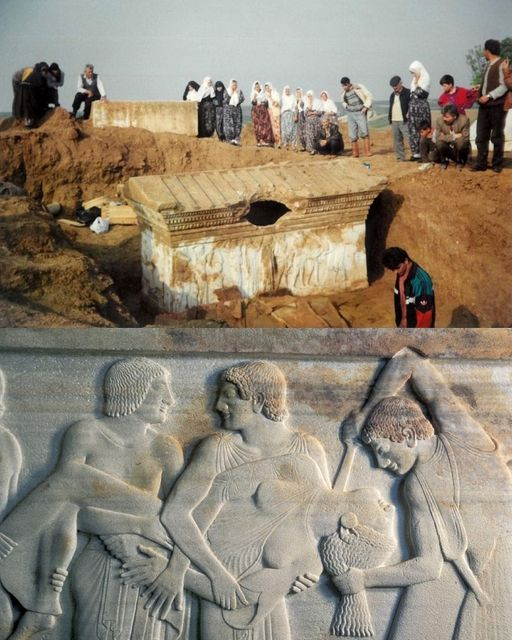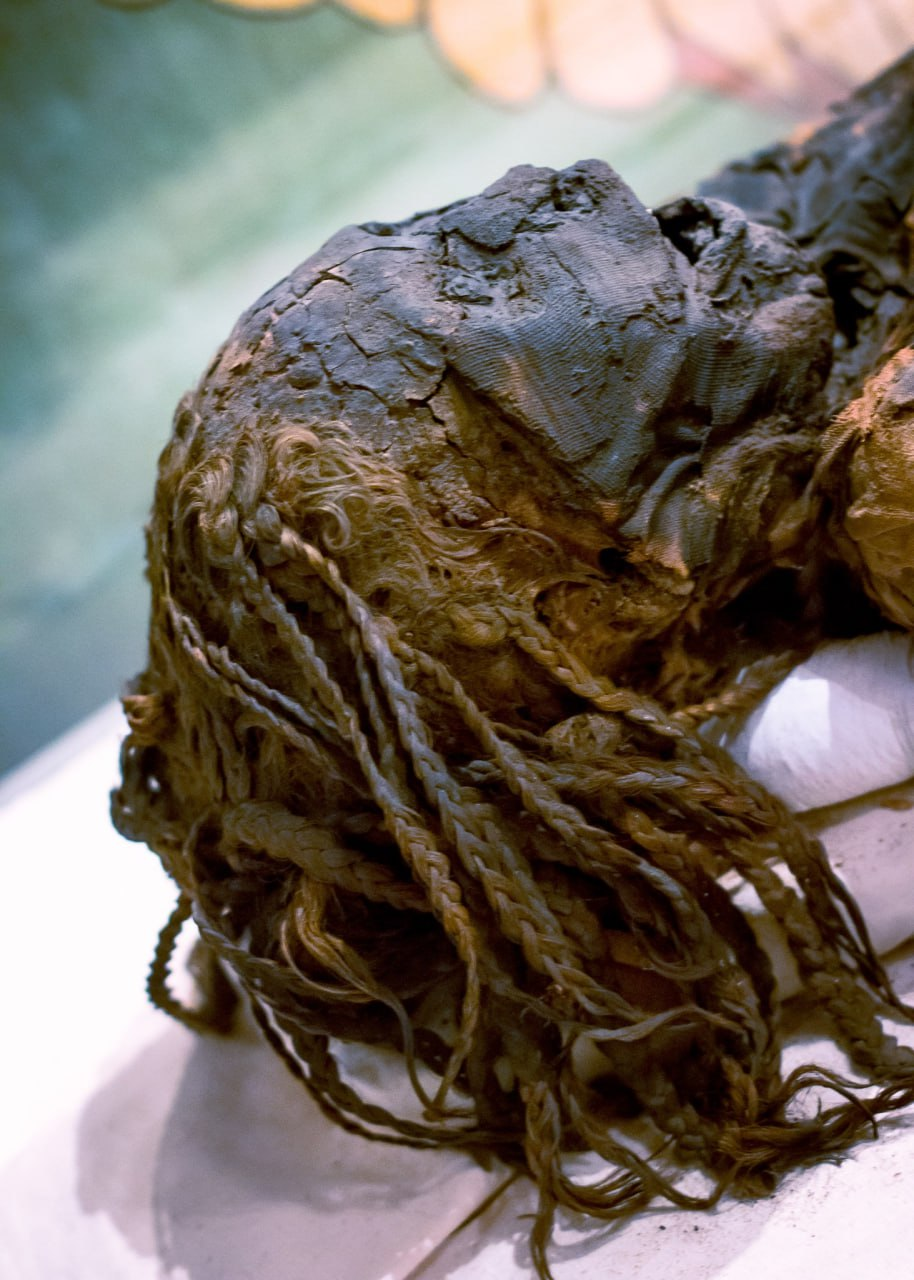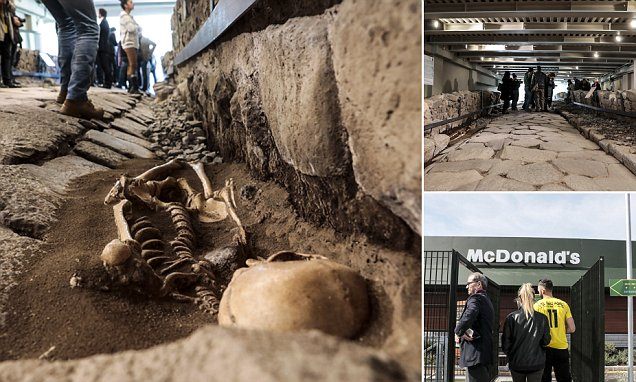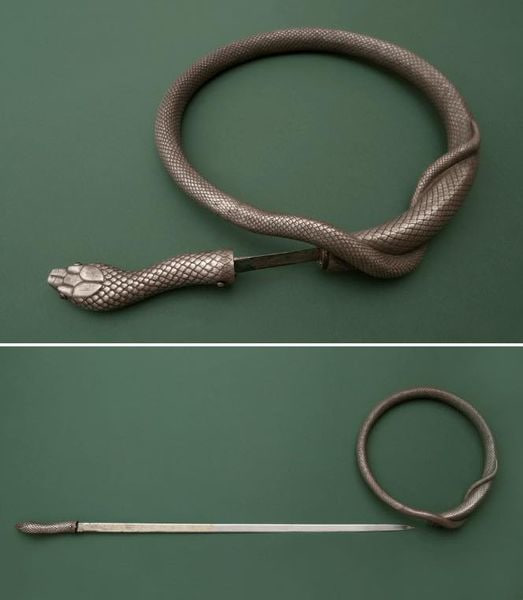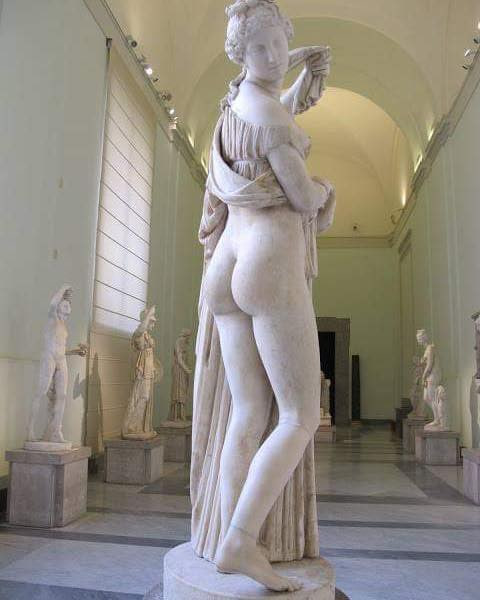is located north of the famous s Nasca lines are the least known but equally integral the lines of Palpa made by Paracas culture possibly 1000 thousand years before nasca lines there are approximately 1600 lines i geoglyphs scattered throughout the province of Palpa these figures are easily seen from the ground as they are carved on the face of the hill"
Unraveling the Mysteries of the Palpa Lines
In the vast desert landscapes of Ica, Peru, lies a hidden treasure of ancient artistry - the Palpa Lines. Often overshadowed by the more famous Nasca Lines to the south, these enigmatic geoglyphs offer a tantalizing glimpse into the rich cultural heritage of the region. Carved into the rugged terrain by the ancient Paracas culture, the Palpa Lines predate their Nasca counterparts by possibly a thousand years, yet remain shrouded in mystery and intrigue. Join us as we embark on a journey to uncover the secrets of these lesser-known but equally remarkable ancient wonders.

Exploring the Palpa Lines: A Window into the Past
Stretching across the province of Palpa, the Palpa Lines comprise approximately 1600 geoglyphs scattered throughout the desert landscape. Carved into the hillsides with meticulous precision, these intricate figures depict a wide array of shapes and symbols, including animals, humans, and geometric patterns. Unlike the Nasca Lines, which are best viewed from the air, the Palpa Lines are easily visible from the ground, offering visitors a unique opportunity to experience these ancient marvels up close. Each glyph is a testament to the ingenuity and artistic skill of the Paracas people, who inhabited the region over two millennia ago.
The Paracas Culture: Guardians of Ancient Tradition
The Palpa Lines bear witness to the ingenuity and creativity of the Paracas culture, a pre-Columbian civilization that thrived in the coastal regions of Peru from around 800 BCE to 100 BCE. Known for their intricate textiles, elaborate burial practices, and advanced knowledge of agriculture and irrigation, the Paracas people left behind a rich legacy that continues to fascinate archaeologists and historians to this day. The Palpa Lines represent just one aspect of their remarkable cultural heritage, offering tantalizing clues about their beliefs, customs, and artistic expression.
Preserving the Legacy of the Palpa Lines: A Call to Action
As we marvel at the beauty and complexity of the Palpa Lines, it is essential to recognize the importance of preserving and protecting these ancient treasures for future generations. Despite their cultural significance, the Palpa Lines face threats from encroaching urbanization, environmental degradation, and looting. Efforts to document, study, and conserve these fragile geoglyphs are essential to ensuring that they remain intact for years to come. By raising awareness of their significance and supporting initiatives for their preservation, we can honor the legacy of the Paracas culture and safeguard these unique symbols of our shared human heritage.
Conclusion: Unlocking the Secrets of the Past
In the remote desert landscapes of Palpa, the ancient past comes to life through the intricate designs of the Palpa Lines. These mysterious geoglyphs, created by the skilled hands of the Paracas people, offer a tantalizing glimpse into a bygone era, where art, culture, and spirituality converged in the desert sands. As we continue to unravel the mysteries of the Palpa Lines, we are reminded of the enduring power of human creativity and ingenuity. By preserving these ancient treasures and sharing their stories with the world, we ensure that the legacy of the Paracas culture lives on for generations to come.


